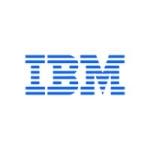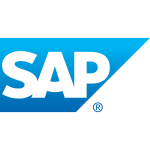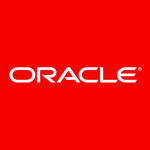What is our primary use case?
We have a strong presence in various use cases, with the primary focus being on digital integration and API monetization. Our main objective is to help our customers maximize the value of their APIs and generate revenue from them.
How has it helped my organization?
We have adopted an API-led digital transformation approach which has already started delivering value for our clients.
What is most valuable?
The community manager is the standout feature of the Mule Anypoint Platform, as it provides a platform to showcase your API to external parties. It is exceptionally user-friendly and enables external parties to easily utilize and consume the APIs.
What needs improvement?
In order to set up a storefront, we currently rely on a third-party solution. It would greatly enhance our operations if this feature was integrated into their existing solution.
Some of the functionalities are hosted in the cloud, which occasionally poses challenges when integrating with on-premises applications. Improving this aspect could be beneficial for a smoother and more seamless experience.
For how long have I used the solution?
I have been using the Mule Anypoint Platform for approximately one year.
What do I think about the stability of the solution?
The stability of the Mule Anypoint Platform is excellent.
I rate the stability of the Mule Anypoint Platform a ten out of ten.
What do I think about the scalability of the solution?
The solution is scalable. One of our large companies that use the solution has not had any problems.
We have between 20 and 30 engineers, developers, and architects using the solution.
I rate the scalability of the Mule Anypoint Platform a ten out of ten.
How are customer service and support?
The support from the vendor is great.
I rate the support of the Mule Anypoint Platform a ten out of ten.
How would you rate customer service and support?
Which solution did I use previously and why did I switch?
I have previously used IBM.
The system we have is straightforward yet highly integrated. It is a single platform, unlike IBM, where they had multiple platforms and systems to deliver similar value. This complexity made the IBM system challenging to navigate as their technical resources had to learn various platforms, including integration and API gateway, which had different formats. Consolidating these platforms into one unified system would simplify management and reduce complexity.
How was the initial setup?
Setting up the Anypoint platform is a very easy process especially when supported by the Catalyst Launch services from MuleSoft.
What's my experience with pricing, setup cost, and licensing?
The pricing of our solution is highly competitive. While it may not be categorized as exceptionally low, it is certainly more affordable compared to IBM.
I rate the price of the Mule Anypoint Platform a seven out of ten.
Which other solutions did I evaluate?
We come from IBM Integration Bus background and the decision to adopt Mule was easy after a few engagements with the MuleSoft team.
What other advice do I have?
The initial setup of the Mule Anypoint Platform is simple. My team was trained in only a few weeks. The process of deployment took a couple of hours.
My advice to others is for them to use the catalyst service. They help you get started and gradually let you be on your own.
Mule Anypoint Platform is also highly convenient since my team was able to quickly set up the new team for the initial implementation. Within a few weeks, they began developing independently, gradually reducing the need for external support and focusing on efficiently running the system with internal resources.
I rate the initial setup of the Mule Anypoint Platform a nine out of ten.
Which deployment model are you using for this solution?
Hybrid Cloud
Disclosure: My company has a business relationship with this vendor other than being a customer. partner, reseller, integrator















